Churachandpur Tourism
Search related to Manipur Tourism

Churachandpur, also known as Lamka, is a district in the Indian state of Manipur. The district headquarters are located in Churachandpur town, which is situated about 65 kilometers away from the state capital, Imphal. The district is known for its scenic beauty, rich cultural heritage, and historical significance.
History
Churachandpur has a rich history that dates back to the pre-colonial period. The district was inhabited by several ethnic groups, including the Kuki, Paite, Hmar, Vaiphei, and Zou tribes. The region was ruled by various indigenous chieftains and kings, who exercised their authority over their respective tribes.
In the 19th century, Churachandpur came under the influence of the British colonial administration. The British established a district headquarters in the town of Churachandpur, which was named after Maharaja Churachand Singh, the then ruler of Manipur. During the colonial period, the region witnessed several uprisings and rebellions against the British rule. The most notable of these was the Kuki Rebellion of 1917-1919, which was led by the Kuki chieftain Haipou Jadonang.
After India gained independence in 1947, Churachandpur became a part of the newly formed state of Manipur. Since then, the district has witnessed several socio-political movements, including demands for greater autonomy and statehood for the tribal communities.
Geography
Churachandpur is located in the southern part of Manipur and covers an area of 4,750 square kilometers. The district is bounded by Myanmar to the east, Chandel district to the north, and Senapati district to the west. The district is characterized by rugged hills, dense forests, and fertile valleys. The Barak River, which originates in the Manipur hills, flows through the district and provides water for irrigation and hydroelectric power generation.
The climate of Churachandpur is tropical, with heavy rainfall during the monsoon season from June to September. The average annual rainfall in the district is around 2000 mm, which is essential for the cultivation of crops like rice, maize, and vegetables.
Demographics
Churachandpur is home to several ethnic communities, each with their distinct language, culture, and traditions. The major tribes in the district include the Kuki, Paite, Hmar, Vaiphei, and Zou. According to the 2011 census, the population of the district was 271,274, with a population density of 57 persons per square kilometer.
The literacy rate in the district is around 80%, which is higher than the state average of 79%. The district has a higher proportion of female literacy, with around 85% of women being literate. The major religions practiced in the district include Christianity, Hinduism, and traditional animist beliefs.
Economy
Agriculture is the primary occupation of the people of Churachandpur. The district is known for the cultivation of crops like rice, maize, millet, and vegetables. The Barak Valley, which is located in the southern part of the district, is known for its tea plantations.
The district also has a significant potential for hydroelectric power generation, with several small hydropower projects being developed in the region. The district is also rich in mineral resources like limestone, marble, and coal.
- State :
- Manipur
How to Reach Churachandpur
Complete List of Tehsils in Churachandpur District, Manipur
| S.No | Tehsil / Taluk Name | District Name | State Name |
|---|---|---|---|
| 1 | Churachandpur | Churachandpur | Manipur |
| 2 | Nil | Churachandpur | Manipur |
Discover Exciting Places to Visit in Agra, Uttar Pradesh - Your Ultimate Travel Guide
Are you ready to explore the wonders of Agra, Uttar Pradesh? From the majestic Taj Mahal to hidden gems waiting to be discovered, our travel guide unveils the most captivating
Explore Exciting Places to Visit in Mumbai, Maharashtra - Your Ultimate Travel Guide
Ready for an adventure? Mumbai, in the beautiful state of Maharashtra, is packed with amazing places waiting to be explored! From iconic landmarks to hidden gems, Mumbai has something for
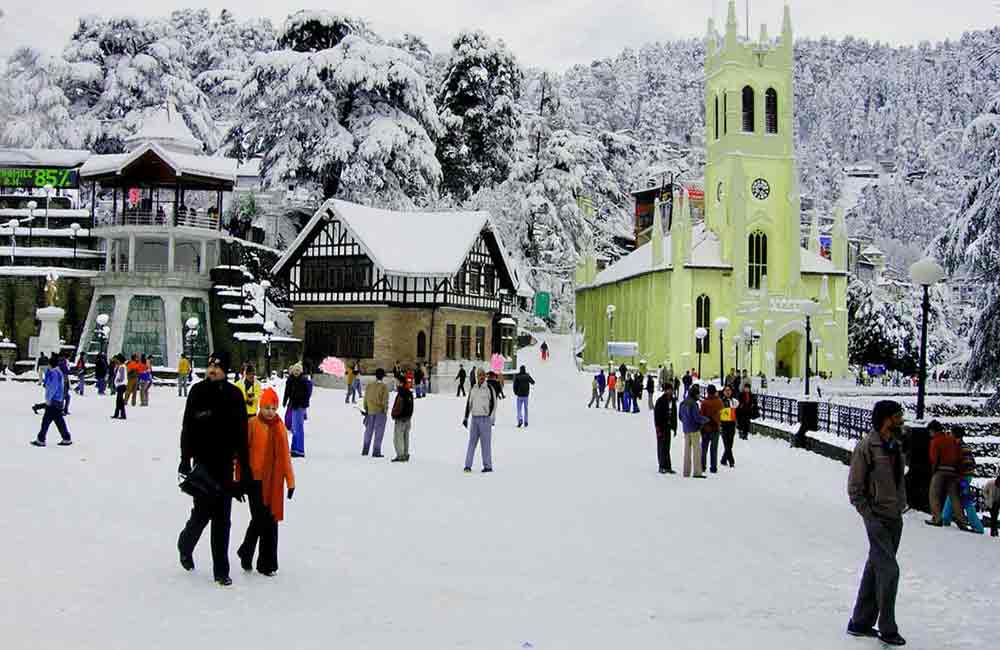
Explore the Wonderful Places to Visit in Manali, Himachal Pradesh - Your Ultimate Guide!
Ready for an exciting adventure? Discover the places to visit in Manali, Himachal Pradesh! From snowy mountains to lush valleys, there's something for everyone. Plan your trip now and explore
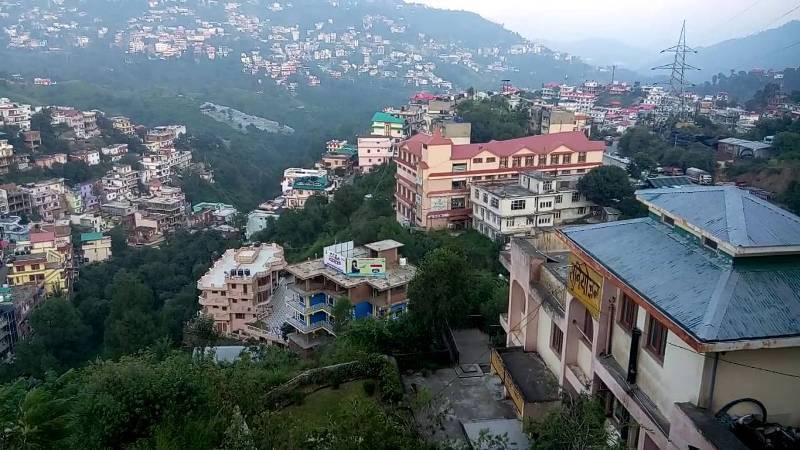
Places to Visit in Solan Himachal Pradesh - Explore the Best Tourist Spots
Discover the enchanting beauty of Solan Himachal Pradesh by exploring its myriad tourist spots. Whether you're seeking adventure or tranquility, Solan has something for everyone. From lush green valleys to
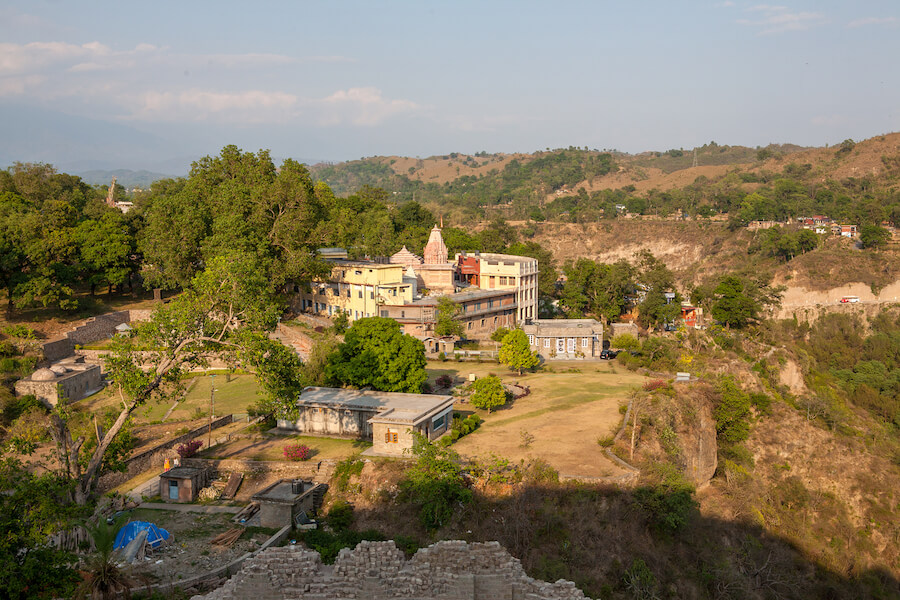
Discover the Best Places to Visit in Kangra, Himachal Pradesh: A Traveler's Guide
Ready for an exciting journey? Kangra, Himachal Pradesh welcomes you with open arms! Explore ancient temples, lush landscapes, and more in this enchanting valley. Let's uncover the best places to
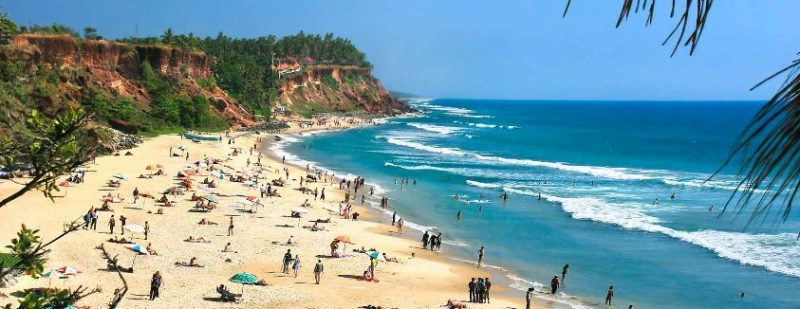
Explore Incredible Places to Visit in Varkala, Kerala: A Guide
Are you ready for an adventure? Varkala in Kerala is waiting for you! Discover the magic of this beautiful place with our guide to the best places to visit. From
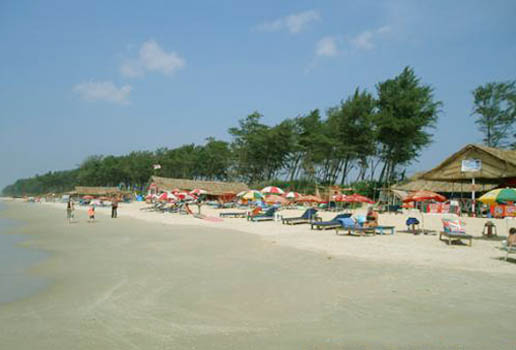
Explore Panaji, Goa: Discover the Best Places to Visit in the City
Ready for an adventure? Panaji, located in Goa, is packed with exciting places to visit. From ancient forts to picturesque beaches, there's never a dull moment in this lively city.
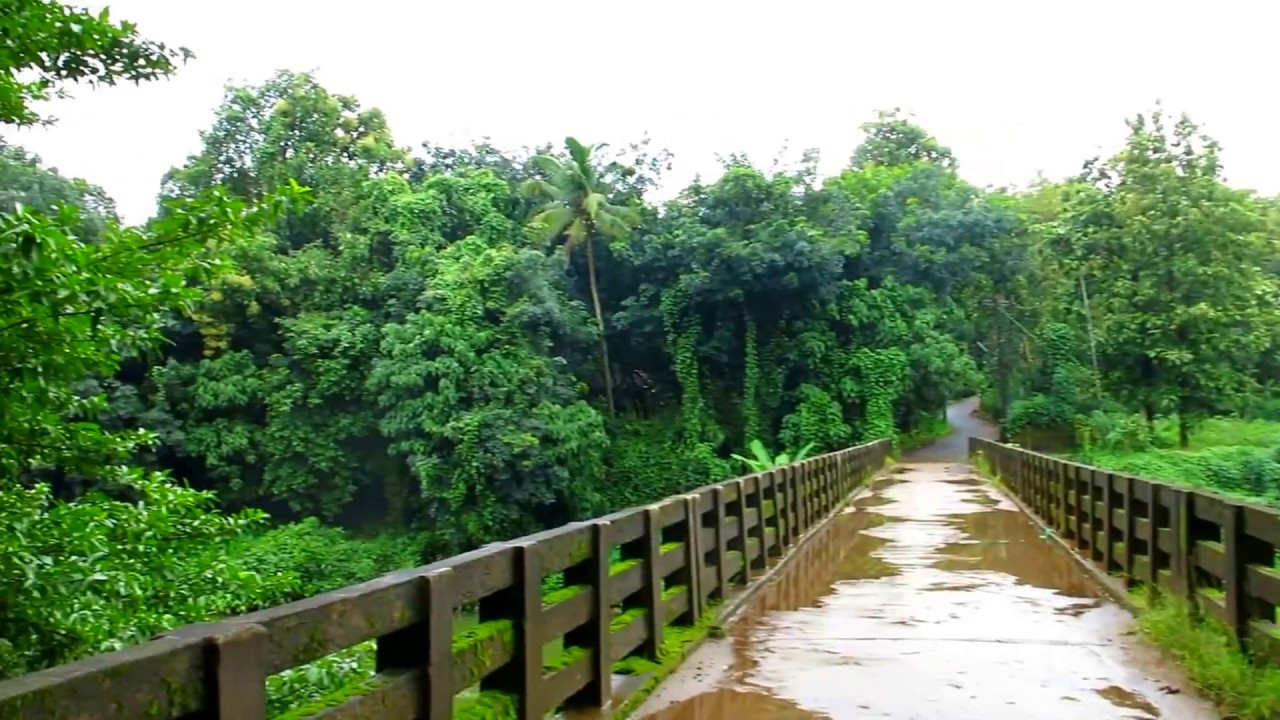
Explore the Best Places to Visit in Thrissur, Kerala – A Perfect Guide for Your Next Adventure!
Are you ready to explore Thrissur, Kerala? Get ready for an exciting journey through this vibrant city! Discover its rich history, stunning landmarks, and fascinating culture. With our guide to
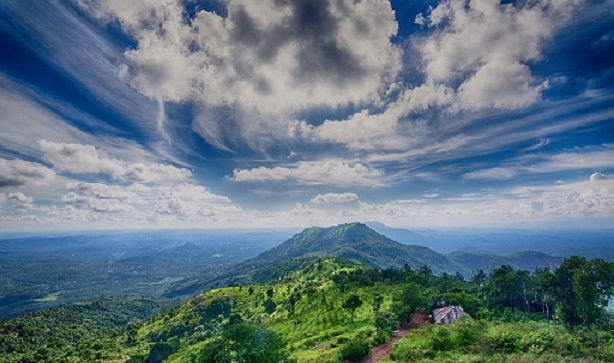
Explore the Best Places to Visit in Malappuram, Kerala - A Traveler's Guide
Dive into the beauty of Malappuram, Kerala with our ultimate travel guide! From picturesque beaches to fascinating historical sites, explore the best places to visit in Malappuram Kerala. Whether you're
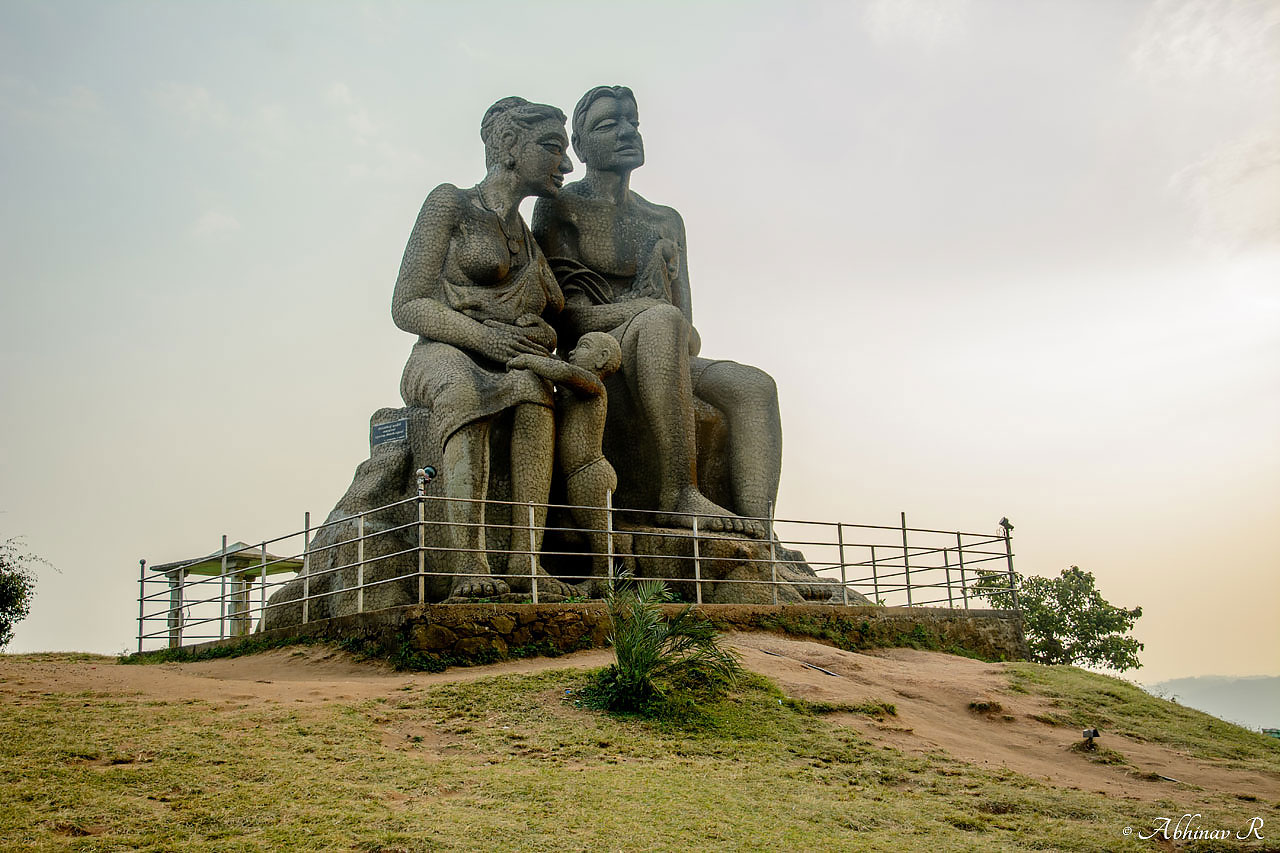
Explore the Best Places to Visit in Idukki, Kerala - A Traveler's Guide
Discover the mesmerizing beauty of Idukki, Kerala with our guide to the best places to visit. From breathtaking landscapes to serene lakes, explore the charm of this enchanting destination. Whether
Top Stories
-

Here is 10 Best Places to visit in Bishnupur in 2024 you must add in your Travel List
-

Here is 14 Best Places to visit in Imphal in 2024 you must add in your Travel List
-

Here is Best Places to visit in Senapati in 2024 you must add in your Travel List
-

Here is Best Places to visit in Thoubal in 2024 you must add in your Travel List
-

Here is Best Places to visit in Ukhrul in 2024 you must add in your Travel List




